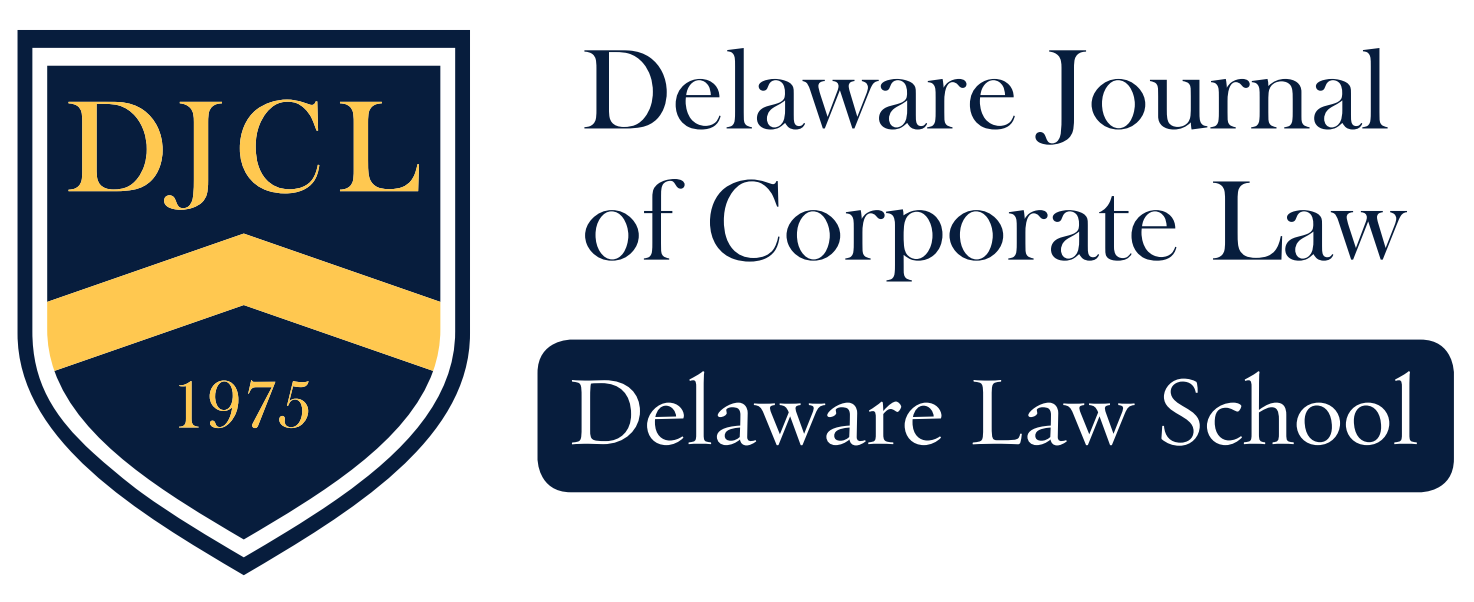Applying the Reorganization Test to Pension Plans in the Aggregate: Was the Third Circuit Correct?
Matthew R. Altomare
Defined benefit pension plans are losing their place of prominence in this country as a means for workers to secure a level of income upon retirement. Not only is the 401(k) defined contribution plan gaining steam, but the defined benefit plans that are in place are becoming vastly underfunded. Corporations are increasingly dumping their plans onto the Pension Benefit Guaranty Corporation (PBGC), as the government entity charged with administering the nation’s pension insurance program has been saddled with a debt approaching $23 billion.
Not only has the PBGC racked up a massive debt, but it is also becoming easier for corporations to dump their underfunded plans onto the PBGC in the course of a bankruptcy proceeding. As long as the corporation meets the standards of the reorganization test, it can dump its plans onto the PBGC. Add to this the decision in Kaiser, that courts are to review the plans in the aggregate, not on a plan-by-plan basis, and you have the perfect storm spelling trouble for the PBGC.
This comment takes the position that the Third Circuit correctly decided the issue in Kaiser, but at a cost that could spell disaster for the future of the PBGC. The court correctly bases its decision on principles of equity, but in the process makes it easier for corporations to terminate their pension plans, thus increasing the strain on an already debt-riddled agency with little ability to self-correct its situation. If a solution is to come, it must come from Congress, which, up to this point, has done little to show that it will address the problem.
